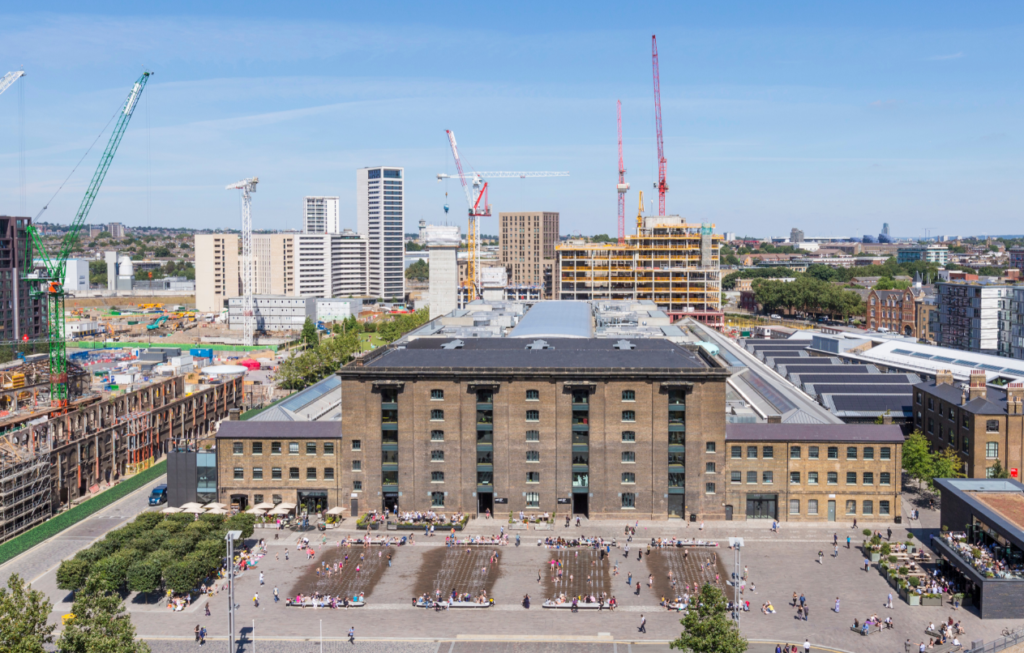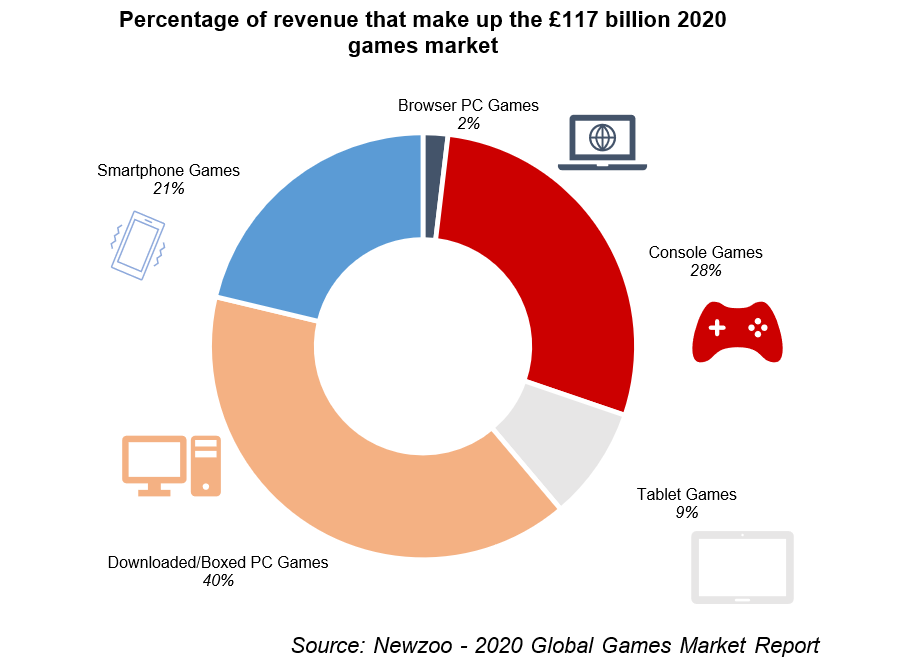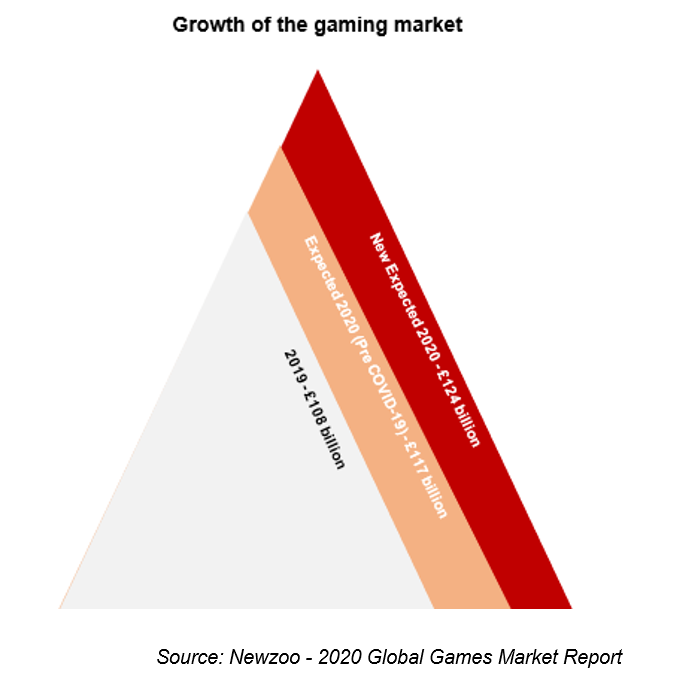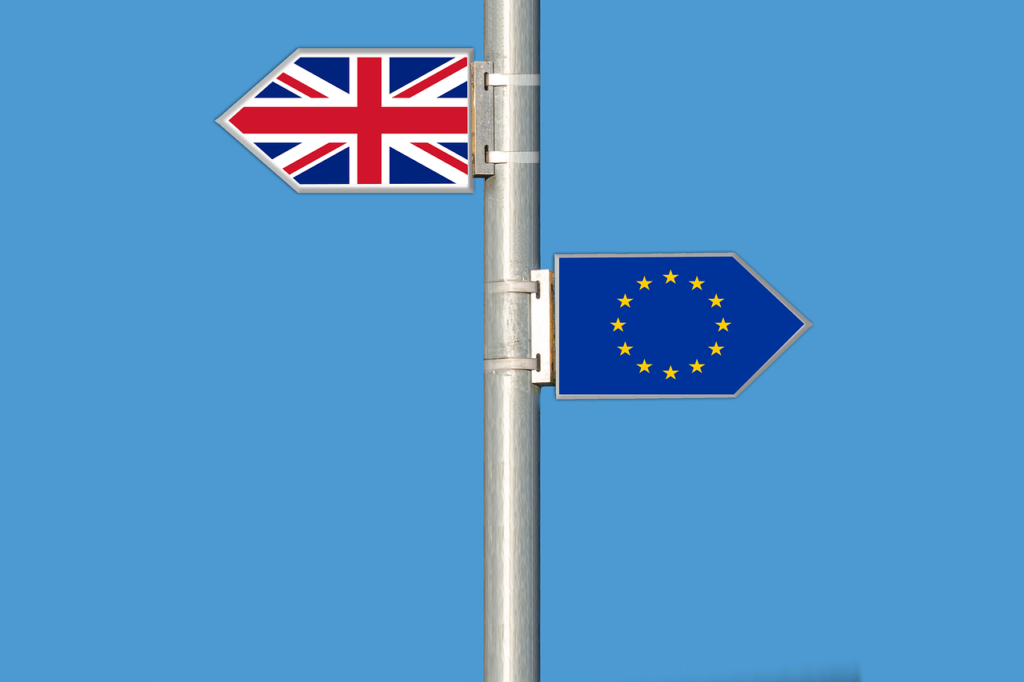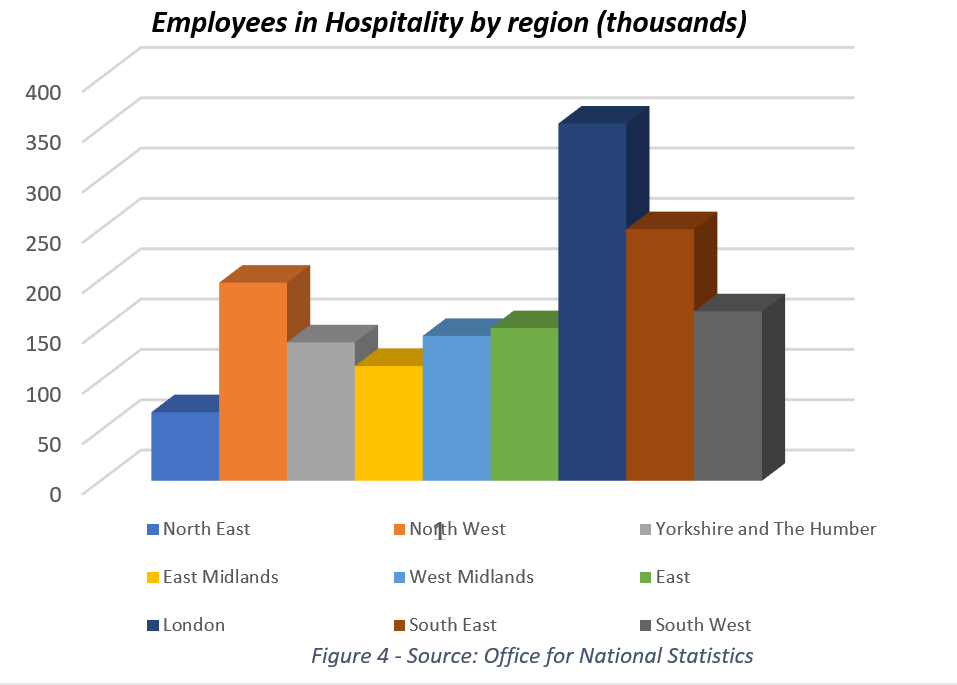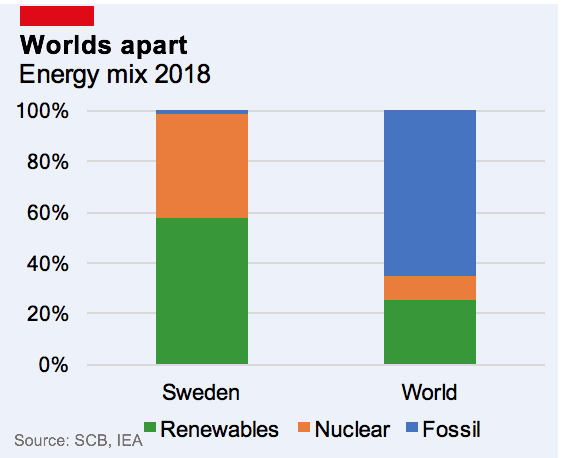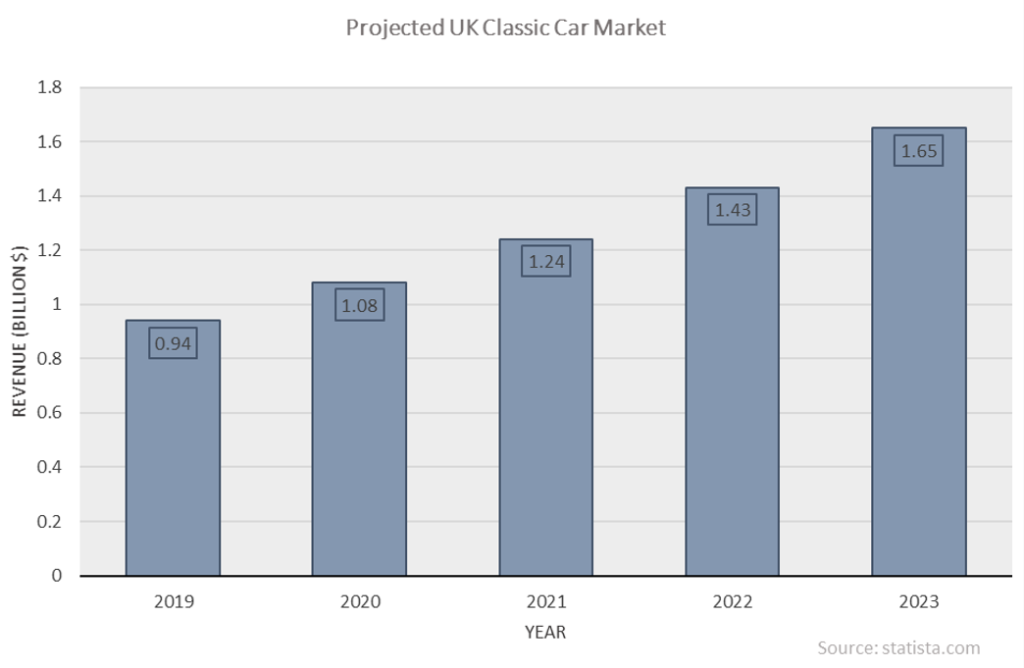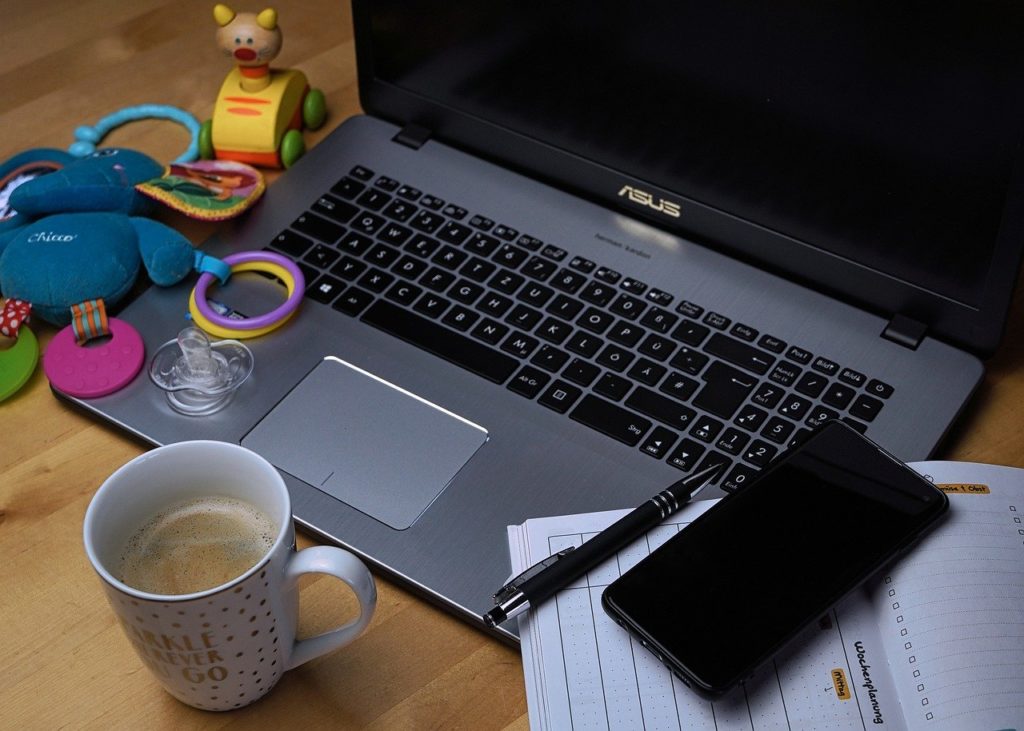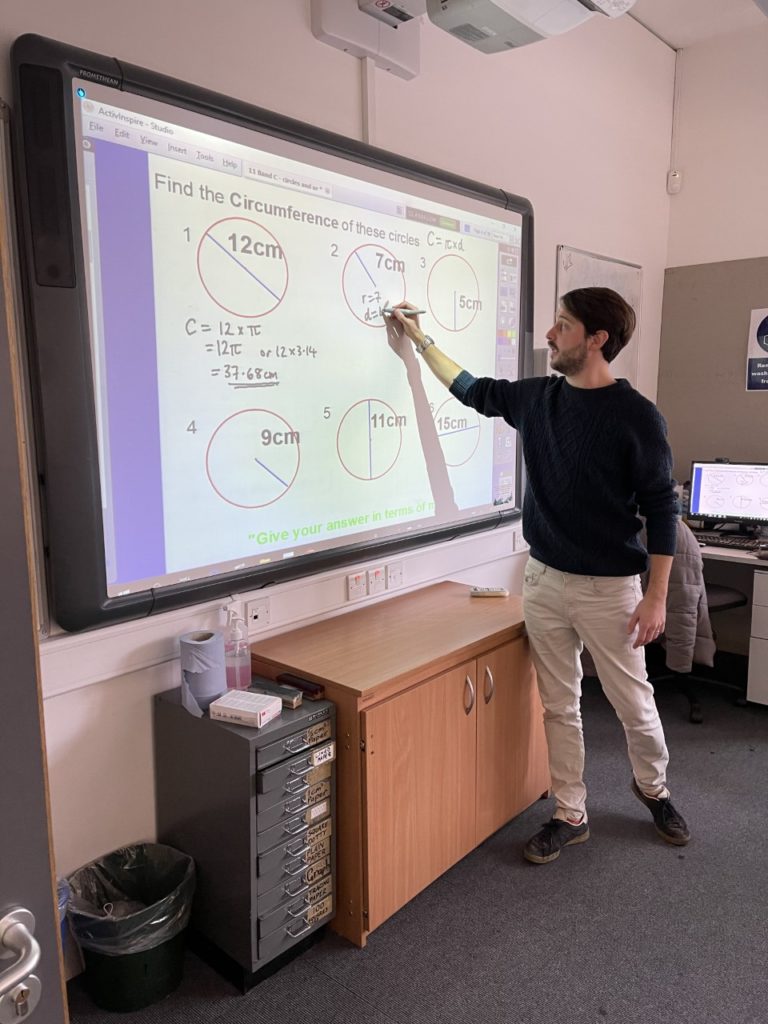It’s been a wild year for Julio Bruno, CEO of Time Out Group. Our MSc International Business alumnus shares his thoughts on leadership, staying relevant and how the pandemic has transformed the way we do business.
 2020 has been an unprecedented year for business. How did you manage to rapidly respond to the COVID-19 crisis, and has your approach changed over time?
2020 has been an unprecedented year for business. How did you manage to rapidly respond to the COVID-19 crisis, and has your approach changed over time?
When external circumstances force you into making changes, your role as leader is to manage that change. In my case, we realised on 12 March [2020] that the world was starting to close down. Our colleagues in Hong Kong and Singapore had already closed, then the team in Barcelona said they were going to have a lockdown – at the time we didn’t even know what a lockdown was!
As a colleague and I were discussing the implications of lockdown, I said ‘well if we cannot be Time Out, we’ll have to be Time In’ – we stopped and looked at each other and knew that we had something. We created the logo that day and decided what it meant for us to be Time In.
As well as transforming the external face of the business, we had to deal with changes happening inside the company. The economic impact has been terrible and we alongside others in the hospitality, leisure and entertainment sector have had to restructure the business and refocus our priorities. This presented further challenges, how do you motivate teams when everything feels like it is falling apart around them? Defining a clear, common purpose enabled us to take action. When you have a problem to solve, people come together.
Another trend that makes me very reflective is that many CEOs have really needed to step up and inspire their teams to change, adapt and thrive during the pandemic. In my company, I started sending out regular videos explaining what we’re doing and how it’s going and people kept asking me for more. As a CEO, you have a responsibility to your employees; they look to you for answers and to reassure them that the world is still spinning in the right direction. What you say is being listened to intensely, so you have to be part of that moral compass – taking care of your business economically is not enough: people confide in you more – this is really the time to change up management skills.
Time Out Group has been named one of the Most Innovative Companies for 2020 by Fast Company and Best Brand of the Year by Campaign Publishing Awards – how did you stay relevant at a time when people were closing their doors to their local city?
When your company is called Time Out and overnight, all the cities of the world go into lockdown — when all restaurants, bars, theatres, cinemas, museums, shops, music venues, hotels and travel stop overnight, how do you survive? As well as ceasing the print production of our magazines globally, we had to close all six of our Time Out Markets. At that point, when you’re peering over the edge of the precipice, you have to reinvent yourself, adapt to change and innovate. There isn’t time to have meeting after meeting – you have to act. Agility became very important.

As the COVID-19 pandemic forced cities into lockdown, Time Out pivoted to help people make the most of Time In.
If Time Out recommends the best things to do in the city, Time In recommends the best things to do from home, whether that’s online theatre, recipes or the best shows on Netflix. Time Out is hyperlocal, but we realised that Time In required a more global outlook, because everybody was feeling the same thing. We had an external enemy and a common misery in COVID-19, so being able to empathise with what people were going through became our reality.
We also had to change our approach: we couldn’t do critical reviews in the same way because a lot of places were closed, and those that were open were putting in heroic efforts to serve customers. We became about the soul of the city instead – what does it mean to be in London, New York or Singapore these days? What does it mean to be working from home? How do you create a community spirit? That little local corner shop that does coffee suddenly becomes a lot more important than it was a year ago.
Do you think the pandemic will cause a permanent change in the way we live our lives?
People say that the pandemic has provoked a ‘new normal’, but in reality every day and month is different to the next. The world has evolved and this terrible pandemic has accelerated a lot of trends that were already there, such as remote working, focusing on health and wellbeing, an awareness of the environment. Conversely, it has also increased the divides in our society, such as key workers who cannot afford the luxury of staying at home versus those who have been able to work from home throughout the crisis, or the fact that the stock market has been going up and up while more and more people find themselves out of a job. Add to that now the problems around vaccine dissemination – what is going to happen in the developing world? We are already having problems in Europe.
Aside from these issues, we miss our old way of life. We have rediscovered nature, but what about all the other endeavours of human beings? We miss it. Now, I can make an incredible banana bread, but I used to have the joy of going somewhere and enjoying something someone else has made – I cannot wait to get back to that.


